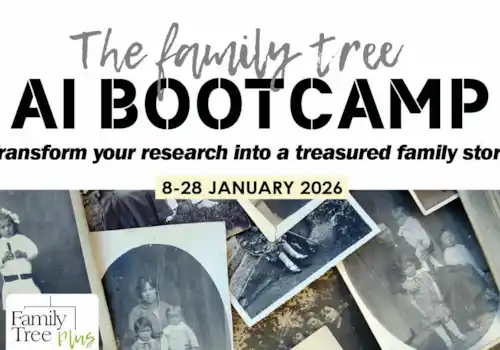02 November 2018
|
The crucial role of nurses during the Spanish Flu pandemic and in the months following Armistice Day is the subject of a new exhibition at the Florence Nightingale Museum.
The crucial role of nurses during the Spanish Flu pandemic and in the months following Armistice Day is the subject of a new exhibition at the Florence Nightingale Museum.
The exhibition focuses on the critical role nurses played in treating victims, from the cohort of trained nurses working in the field to the partially trained volunteers despatched to areas of fighting including France, Belgium, Serbia and Gallipoli, as well as the women on the home front caring for the sick and wounded.
The escalating number of wounded servicemen being sent home required fewer nurses to be sent abroad and the War Office deployed both men and women in every UK county to carry out duties. From October 1910, to Armistice Day, volunteers in the UK, tending to the sick increased from 202 to over 90,000 primarily through Voluntary Aid Detachments.
Spanish Flu - an invisible killer
Ironically, just as the Armistice treaty was signed and citizens were celebrating the soldiers returning back to their homes, with local communities being reunited and nurses joining their families, an invisible killer more deadly than the war itself, swiftly swept across the globe, infecting half a billion people worldwide and killing 50-100 million, including 250,000 Britons.
Curfews, imposed to prevent the spread of the virus were relaxed in order to allow people to gather and celebrate the end of the war. This led to a surge in flu cases as the pandemic rapidly spread, which had a devastating impact on every county in the UK.
This special exhibition at the Florence Nightingale Museum, running until 16 June 2019, marks the centenary of this Spanish flu pandemic, one of the most devastating, yet largely forgotten, events in human history which was the biggest killer of military nurses in human history. This exhibition shines a light on the important role of the nurses at this time, selflessly caring for the sick, as many of them contracted the virus themselves.
Returning to devastated communities
David Green, Director, Florence Nightingale Museum said: “A century ago, people were celebrating the end of WW1 and traditionally, on Armistice day, we remember the brave soldiers who gave their lives for their country. However, while soldiers and nurses crossing borders and communities began rebuilding their families, spread of the Spanish flu between people proved swift and unstoppable. This one-of-a-kind exhibition highlights the less remembered struggle in post-war Britain with nurses not only treating wounded soldiers, but also caring for family, friends and neighbours who contracted the Spanish flu.
"Nurses and soldiers were returning from the war to devasted communities and families or were even too scared to return due to spreading the influenza virus themselves. At this time, good nursing, a profession which was revolutionised by Florence Nightingale just a few decades earlier, was essential to saving as many lives as possible.”
Florence Nightingale Museum, 2 Lambeth Palace Road, London SE1 7EW; website.








.jpg)